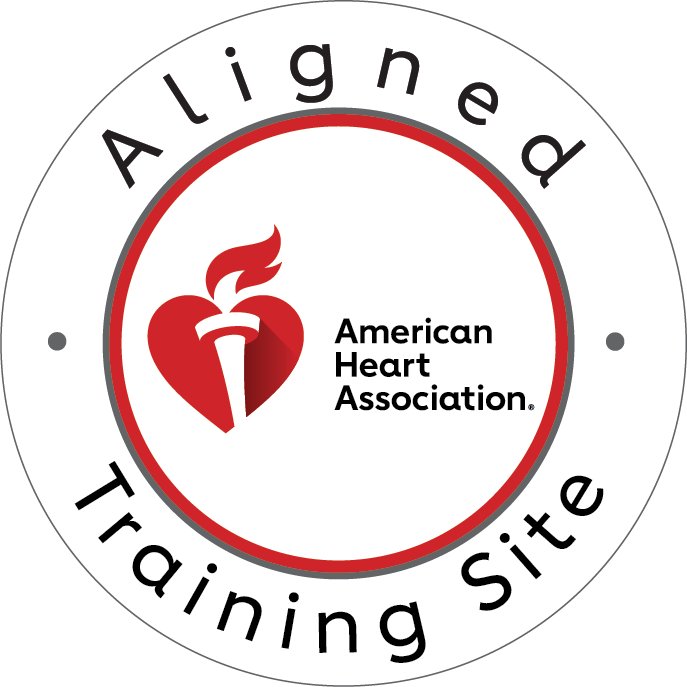What's the Difference Between a Heart Attack and Cardiac Arrest?

Introduction
Heart attacks and cardiac arrests are two serious medical emergencies that require immediate attention. While some of the symptoms can be similar, a heart attack and sudden cardiac arrest are two different conditions with different causes. Understanding the difference can help you get the right care for yourself or someone else who may be experiencing these serious medical emergencies.
What is a Heart Attack?
A heart attack occurs when the blood flow to the heart is blocked. This can happen because of a blockage in one or more arteries, or it may be caused by plaque buildup on the walls of those arteries. Heart attacks can be fatal if not treated quickly, so it's important to know what signs indicate a heart attack and seek medical attention. If you have chest pain that does not go away after several minutes and/or starts to feel like a tightness or pressure in your chest, call 911 immediately.
What is cardiac arrest?
Cardiac arrest is a medical emergency. It's when the heart stops beating and pumping blood to the rest of your body. Cardiac arrest can be caused by a heart attack, drug overdose, or a sudden irregular heartbeat (arrhythmia). Heart attacks and arrhythmias are different conditions, but both can lead to cardiac arrest.
A heart attack is caused by blockages that stop or reduce blood flow through one or more of your coronary arteries (the vessels that supply blood to your heart muscle). A person having a heart attack often has severe chest pain and shortness of breath. If you think you're having a heart attack, call 911 right away so paramedics can give you life-saving treatment with medications called thrombolytics or clot busters.
Symptoms of a Heart Attack
If you or someone you know is experiencing one of the following symptoms, it's important to seek medical attention right away.
- Chest pain: This can feel like pressure, tightness, or a heavy weight on your chest that goes away when you breathe deeply (if it does not go away by breathing deeply).
- Pain in the left arm: It may feel like an elephant is sitting on top of your arm—or there may be numbness or tingling in your fingers.
- Pain in the jaw: You might hear rattling sounds as you breathe through slightly open teeth.
- Pain in the neck: The muscles around your neck become tender and swollen as well as painful when touched lightly by finger tips (this symptom is also referred to as TENSION NECK).
- Pain in the back: People often describe this symptom using adjectives such as "excruciating" or "unbearable." They often describe feeling like they are having a heart attack but having no other symptoms besides pain radiating from their upper back through their entire body down into their legs causing them difficulty walking due to leg swelling.
What to do if someone is experiencing a Heart Attack
If you see someone experiencing a heart attack, call 911 immediately.
If the person is conscious, have them chew and swallow an aspirin.
If you have a nitroglycerin spray (available at pharmacies), administer 2 sprays under the tongue.
Begin CPR if the person becomes unconscious or loses consciousness after giving nitroglycerin spray.
What to do: Sudden Cardiac Arrest
If someone is having a heart attack, call 911 immediately and start CPR if they're not breathing. If you have received CPR training, continue to do chest compressions until help arrives. Do not give up!
Heart attacks are not the same as sudden cardiac arrest. You can save a life by knowing the difference.
A heart attack is not a sudden cardiac arrest, but it can lead to one. Heart attacks happen when there's an interruption of blood flow to your heart caused by a blockage in one or more of the arteries supplying blood to your heart muscle. Sudden cardiac arrest is caused by an electrical malfunction in the heart that causes it to stop beating properly. Either way, if you're around someone experiencing either an acute coronary syndrome (heart attack) or sudden cardiac arrest—which are two different medical emergencies—you need to act fast because time is critical for saving lives.
Conclusion
In the end, we hope that you trust your intuition if you’re ever faced with this situation. If the person is conscious and responsive, it’s probably a heart attack—even if they are experiencing chest pain or discomfort. However, if they suddenly lose consciousness or stop breathing, it’s most likely a cardiac arrest. In either case, calling 911 right away is the best way to save their life. By keeping these facts in mind and staying calm during an emergency situation like this one, you can make all the difference for someone in need!




